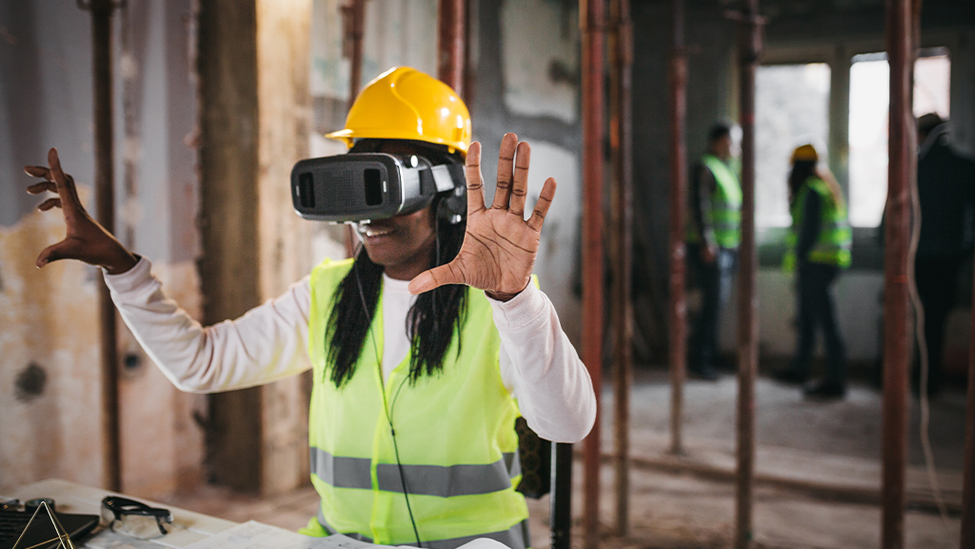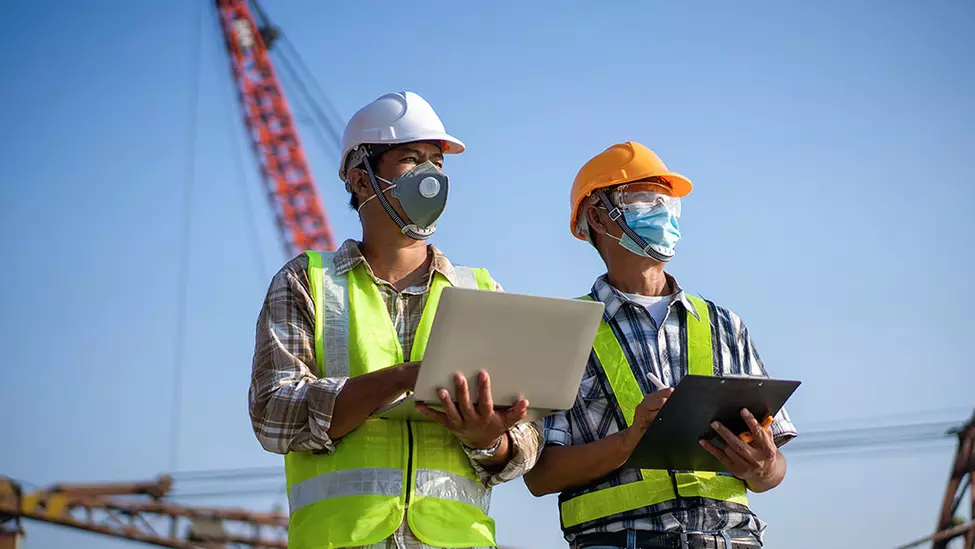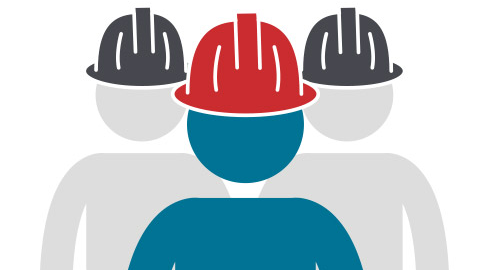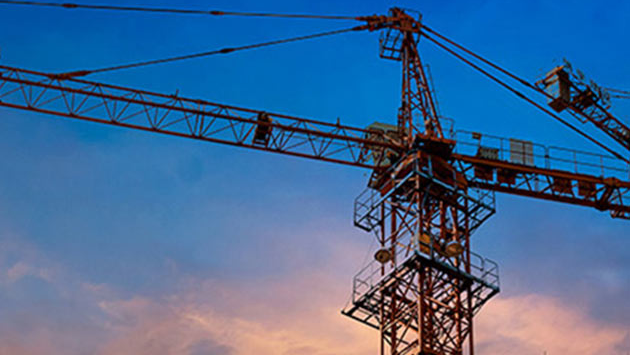Construction Job Site Hot Work Safety


“Hot work” is defined as any operation that generates heat, spark or flame. Hot work activities can include burning, gas or mechanical cutting, gas or electric welding, soldering, brazing, flame heating, thawing of pipes, torch-applied roofing, grinding and any other similar operations capable of initiating fires or explosions. (NFPA 51B)
Poorly managed or uncontrolled hot work activities can have serious negative consequences, including injuries to workers or property damage due to fire, delays in project completion and damage to professional reputation.
A number of common issues are associated with poorly managed hot work activity, including:
- Inadequate implementation of a hot work permitting program.
- Failure to identify potential fire exposures in the area.
- Neglecting to provide and inspect fire extinguishing equipment.
- Lack of proper training provided.
- Insufficient fire monitoring after completion of hot work.
Hot work permit program best practices
Hot work permits should be required from the first day of construction to project completion. While fire hazards in the early phases of construction may be minimal, conditions can change quickly. It is important to set safety expectations early on in project timelines. Permits should capture key information regarding the activity, safe work practices, company contacts, fire watches and date/time. Permits should be valid for only one shift.
Another key component in a Hot Work Permit Program is to identify the Permit Authorizing Individual (PAI). The general contractor is usually in charge of assigning the PAI. The PAI is responsible for managing and administering hot work permits on-site. The PAI should evaluate exposures presented by hot work activities and administer all aspects of the Hot Work Permit Program.
Reducing the risks
There are various actions that can be taken to help reduce possible risks involving hot work activities.
- Eliminate hot work through use of alternative products or materials.
- Communicate hot work programs with property owners and trade personnel.
- Effectively communicate your hot work program throughout your organization.
- Review and adhere to the safe work practices cited in the NFPA 241 Plan.
Preparing the work area for permitted hot work
It is important to prepare the work area prior to any hot work activity and take the appropriate measures necessary to create a safe hot work environment. Consider the following:
- Fire Extinguishing Equipment Preparation:
- Verify that fire extinguishing equipment is in service and inspected.
- Ensure that the fire extinguishing equipment is in the work area.
- Within 35 Feet of Hot Work Activities:
- Remove or protect combustibles using approved materials, such as fire-retardant blankets and welding screens.
- Sweep floors and remove any debris or trash.
- Cover wall and floor openings securely, including any duct work.
- For Hot Work on Walls, Ceilings or Roofs:
- Verify that construction is free from combustible coverings and/or insulation.
- Remove combustibles from opposite side of the wall, ceiling or roof.
- For Hot Work on Enclosed Equipment:
- Clear equipment of all combustibles.
- De-energize and purge of all flammable liquids or vapors.
Fire watch
- Perform continuous fire watch during and for at least 60 minutes after the completion of hot work.
- The PAI may require a longer duration fire watch based on their assessment of the work area, exposures and hazards.
- Perform fire watch during temporary breaks in work activity, such as lunch breaks.
- Ensure that the individual assigned as the fire watch is trained on the use of fire extinguishing equipment and alarm systems.
- Provide additional fire watches in areas below or adjacent to the hot work area, as deemed necessary by the PAI.
- The individual responsible for fire watch should be assigned no other duties.
Displaying and retaining the permit
The permit should be displayed in or near the work area. Once hot work and related fire watch activities are finished, complete the permit and return it to the PAI for a final inspection of the work area and signature. The PAI should retain the completed permit for their records.




